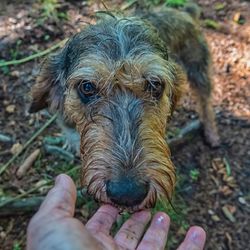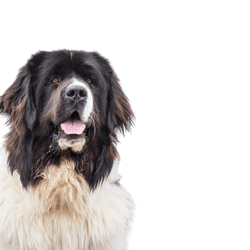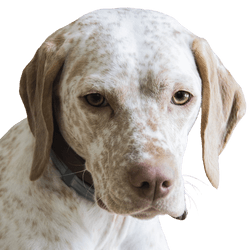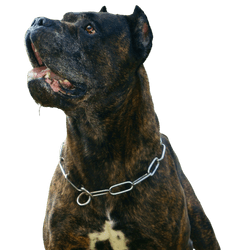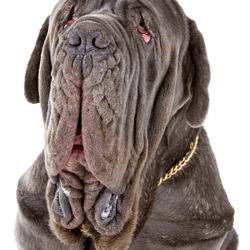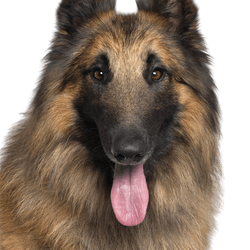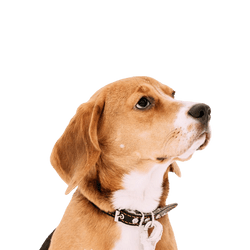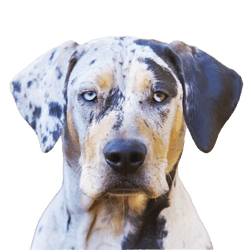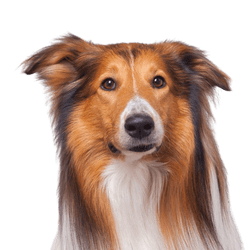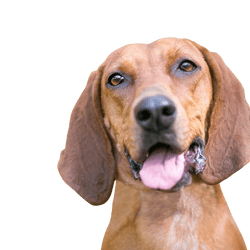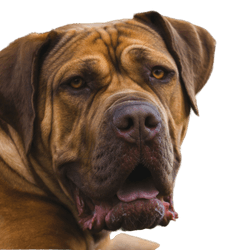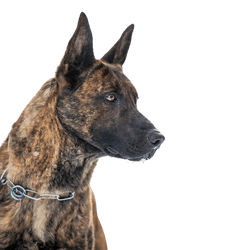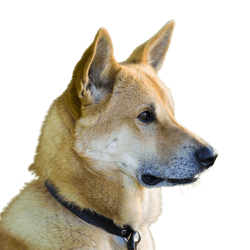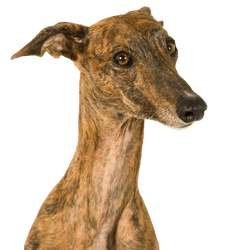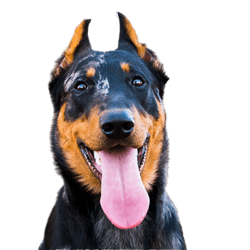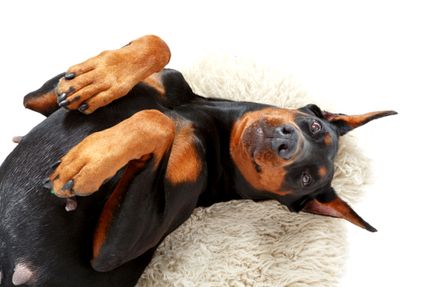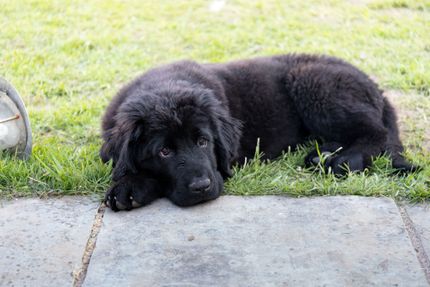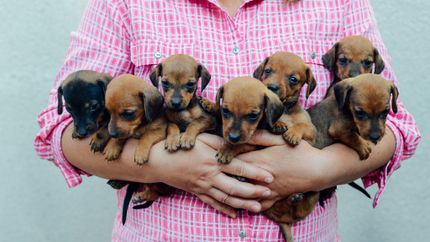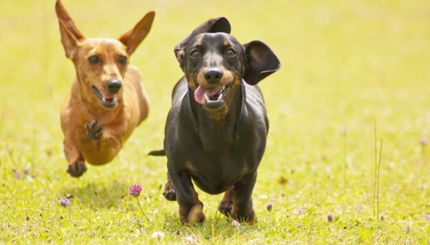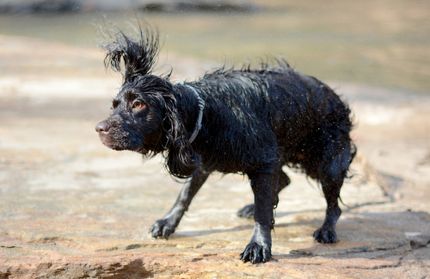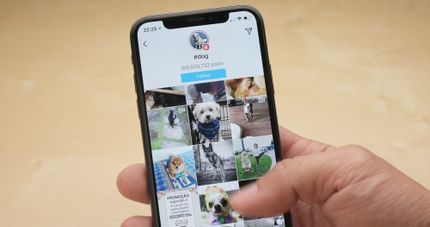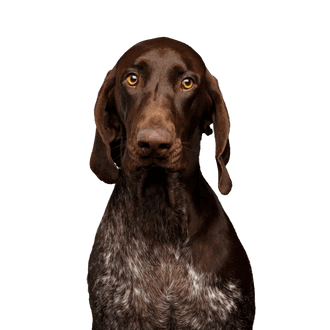
German Shorthaired Pointer Breed description: Character & Co
German Shorthaired Pointer
Facts & Origin
What is the origin of the German Shorthaired Pointer?
The German Shorthaired Pointer owes its origin to several breeds. Its origin lies with the old German pointers that are meant to have the Spanish Pointer as their ancestors. Externally, they remind of the Bracco Italiano with their heavy body and coat colouring. As various sources report, par force dogs like the St. Hubertus or the Bloodhound were preferred for selected breeding, but this is doubted to be the whole truth. Later on, the English Pointer and the French Bracke were crossbred to refine the dog. In addition, the breeding goal changed: the animal should be slim and long legged and have a "nose". This "equipment" was needed for their use as hunting dogs since the middle of the 19th century, when hunting was no longer the sole prerogative of the nobility, but also opened up to the emancipated middle classes. Pure breeding of this dog began in 1897 with the first stud book labelled "Zuchtbuch Deutsch Kurzhaar". It is a German dog breed recognised by the FCI (FCI Group 7, Section 1.1, Standard No. 119).
The German Shorthaired Pointer is not considered to be a so called allergy-friendly dog and is not considered a list dog.
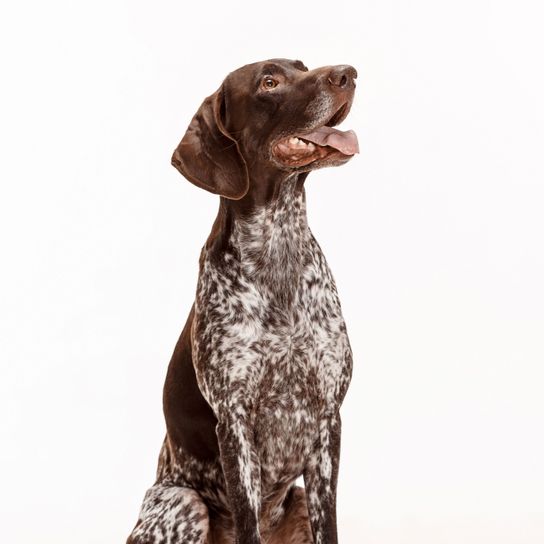
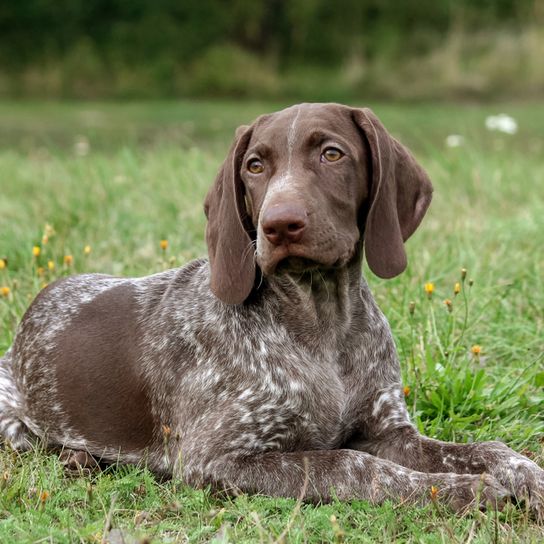
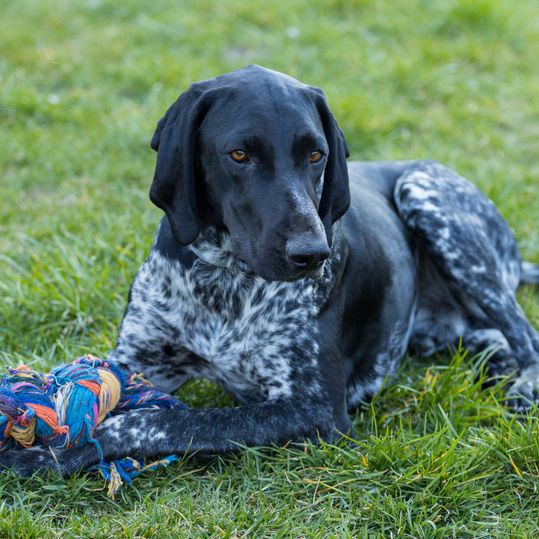
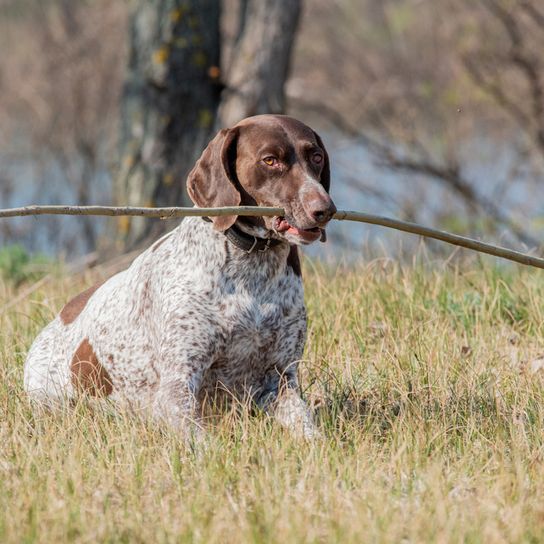
| Alternate Name | German Pointer |
| Origin | Germany |
| Life expectancy | 12 - 14 years |
| Care requirements | low-maintenance |
| Activity level | average to high |
| FCI group | Continental Pointing Dogs |
| AKC group | Sporting Group |
| KC group | Gundog Group |
German Shorthaired Pointer mixes
Attitude, character and temperament of the breed
What are typical character traits of the German Shorthaired Pointer?
The dog is considered to be versatile and balanced. Given you train them well and provide them with sufficient and appropriate stimulation. It is a courageous and reliable companion to hunters, that reliably and happily performs the tasks given to them. A lot of the time this agile, intelligent dog with its great sense of smell and the pronounced hunting instinct is one step ahead of their master. As they are extremely performance-oriented, they strongly strive for recognition, which they receive by achieving success in hunting. The German Shorthaired Pointer is also attractive to non-hunters because of their pleasant character and noble appearance. They perfectly adapt to the family, they meet children in a friendly manner. They act a little distant towards strangers. However, if qualities such as intelligence, versatility, courage and family friendliness are important to you and you would like to buy a German Pointer, you should remember that they are originally hunting dogs. They are the wrong choice if you are just looking for a weekend dog.
Keeping, use, special features
The four-legged friend is a hunting dog and therefore best kept by a hunter. It is a reliable companion on the hunt. They have an excellent sense of smell, retrieve well and are easy to train. Their tail is usually half-way docked when they are used as hunting dogs. However, this is not permitted in many other countries. In Northern Europe it is also used as a sledge dog.
As a family dog that is not used for hunting, it needs to be kept busy. Extensive walks outside in nature or sportive challenges, but also accompanying you while horse riding, jogging or cycling, contribute to their agility and health. An apartment is not a suitable home for them, nor is the big city. Apart from that, their attitude is uncomplicated - provided that they have a personal connection to their master and their family.
Character
Usage
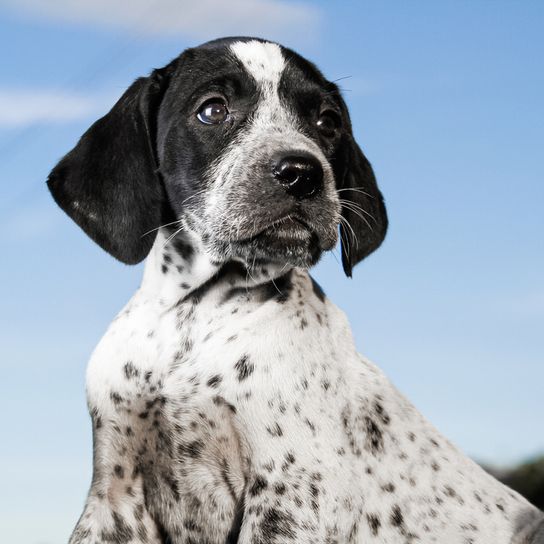


Health and breeding information
What are typical diseases of the German Shorthaired Pointer?
With the German Shorthaired Pointer, which represents a large breed of dogs, hip joint dysplasia often occurs - mostly at an older age. As a result, it can only move its hind legs with difficulty. As a hunting dog it is constantly exposed to the risk of coming into contact with diseases. It is therefore necessary to have all the important vaccinations done on them - especially the rabies vaccination. Deworming the dog as well as an examining the coat for parasites should also be carried out regularly. Should you find lice or anything similar, quick action is required. This also applies if the large ears are infested with mites.
What should be considered in regards to German Shorthaired Pointer breeding?
The German Shorthaired Pointer breeder must observe a number of regulations in regards to breeding. Generally, the rules of pure-breeding apply. The examination for suitability of breeding (done with gene tests and performance reviews) is mandatory, which are carried out in two steps by the German Shorthaired Pointer Association. The assessment, "suitable for breeding" or "unsuitable for breeding" is indicated with a stamp. Only bitches which have exceeded the age of 18 months may be used for breeding. According to the regulations of the association, the animal can only have litters twice in two years at most. All German Shorthaired Pointer puppies are listed in the stud book which also shows their pedigree.


What are the breed characteristics of the German Shorthaired Pointer?
Characteristic for the German Shorthaired Pointer is its impressive appearance. They represent an athletic type of hunting dog with its strong build and stature. In addition, everything about him appears noble, his gait graceful. The skull is slightly arched, the bridge of the nose a little convex or straight. The drooping ears lie close to the head. The back is extremely straight and flattens towards the tail. This itself thins towards the end. A deeply pronounced chest and clearly arched ribs are further breed characteristics of the German Pointer.
Appearance and coat of the German Pointer
The German Shorthaired Ponter is one of the largest hunting dogs. It is strong but elegantly built, the muzzle is straight and long. The tail is slightly curved and stands up.
Coat colours allowed are brown or black in all shades, also dark brown or light brown molds are permitted. White markings on chest and legs are not prohibited, but the breeding goal is a hunting dog that is well camouflaged by its appearance.
How big does German Shorthaired Pointer grow?
The males reach a size of 62 to 66 cm, bitches reach a height of 58 to 63 cm.
How much does a German Shorthaired Pointer weigh?
The male weighs between 24.9 and 31.8 kg, the female between 20.4 and 27.2 kg.
What is the life expectancy of a German Shorthaired Pointer?
The life expectancy of the German Shorthaired Pointer is 12 to 14 years.
| Fur length | short |
| Fur | flat coated |
| Ear shape | Floppy Ear |
| Tail | short |
| Anatomy | sporty |
| Size ♀ | 53 - 59 cm |
| Weight ♀ | 20 - 27 kg |
| Size ♂ | 58 - 64 cm |
| Weight ♂ | 25 - 32 kg |
| Suitable For | - |
Colors

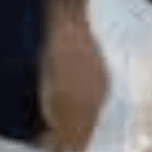

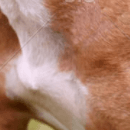
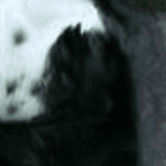


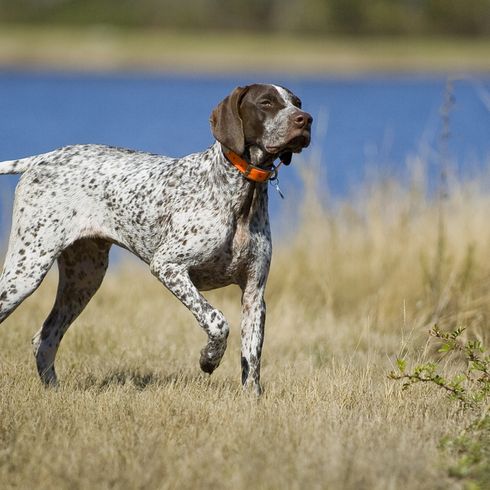
Other large dogs
Useful Articles
You can find articles that might interest you in the dogbible blog to match your favorite breed.
Visit our magazineto stay up to date on dog trends.
To find out more, view our Privacy Policy
Find here the breed that suits you and find out what character traits it has. Here you can also learn more about the origin, size and weight of your favorite breeds.
Matching your favorite breed, you'll find articles that might interest you on the dogbible dog blog.
Winter hiking with your dog - these 5 tips will help you work as a team
Perfect city dogs: These are the breeds you should get if you live in a big city
Jogging with a dog - these are the tips you should follow to make it work
Ear infection in dogs - 5 tips and prevention of inflammation




